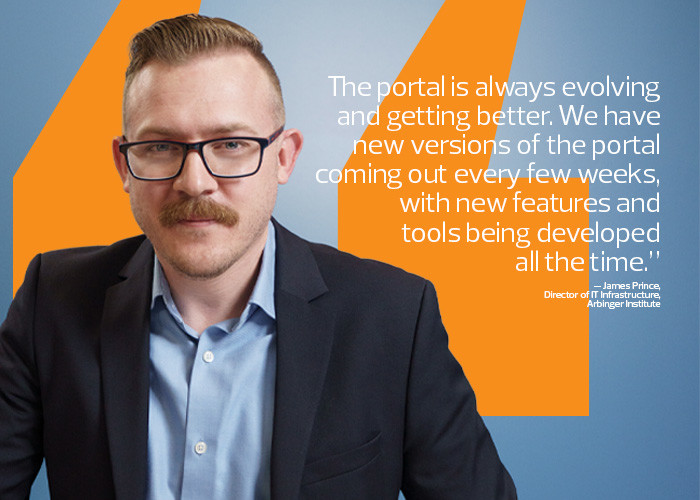The Cloud Increases App Availability
The cloud can scale to meet seasonal or sudden changes in demand and has worldwide availability, ensuring reliable service and uptime, says Roy Illsley, Omdia’s chief analyst of IT operations.
“Availability is one thing the cloud can generally offer because it’s got near endless resources scaled to meet demand,” Illsley says. “So, in theory, with all of their availability zones, you should be 100 percent available and running smoothly.”
Enterprises can also mine their data in the cloud to improve customer service. Artificial intelligence–powered chatbots can assist customers and answer questions, such as when their packages will arrive, Illsley says. And because the cloud is ubiquitous, it can improve customer experiences, whether that means home chefs remotely monitoring meat on backyard grills, airline passengers downloading boarding passes to their phones or any number of other examples, he says.
“In terms of customer experiences, the cloud and mobility have really opened up the world,” Illsley says. “You can do everything on your phone.”
UP NEXT: Learn how to advance your cloud journey.
Cloud Enables Customer Experience Optimization
Traeger, based in Salt Lake City, has migrated its data, including its applications and website operations, to the cloud. In 2018, the company deployed its IoT infrastructure on AWS, which allowed it to introduce smart wood-pellet grills in early 2019, says Barry Haertel, a Traeger systems administrator.
Today, when a customer fires up an IoT-enabled grill, sensors transmit real-time data to Traeger’s IoT platform on AWS, which then communicates with the customer’s mobile app.
It wouldn’t be possible without the cloud, Scott says: “An IoT business like Traeger’s only works in the cloud. Putting something like this on-premises would be silly because we’d have to provision servers based on our peaks. That’s not economical or efficient.”
In fact, weekends and holidays are 10 times busier than weekdays. The company’s IoT platform on AWS processes up to 48 billion messages per month. “As more cooks come online, we can scale our resources to meet their needs,” Scott says.
Traeger uses AWS IoT Core and AWS IoT Device Management to securely connect, manage and monitor Traeger’s smart grills. Data is stored on Amazon’s DynamoDB, a fully managed NoSQL database.
















